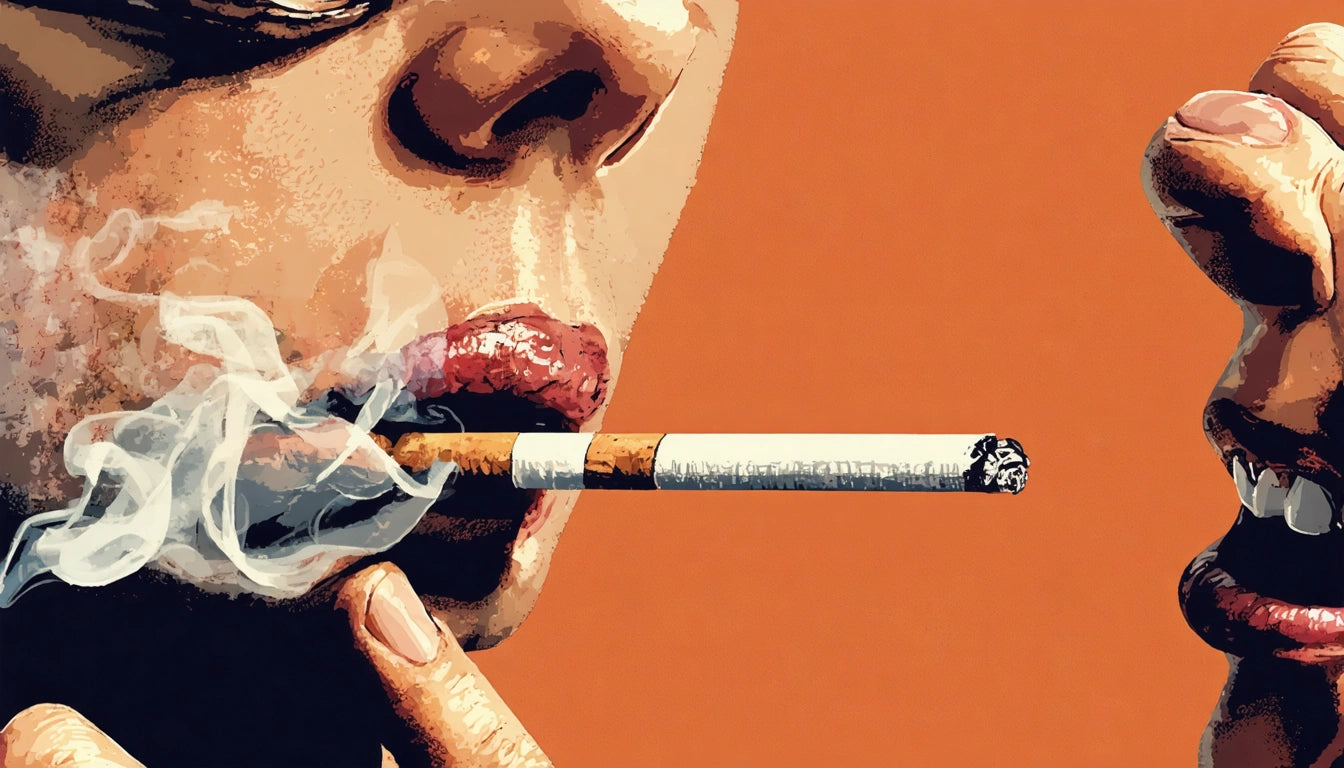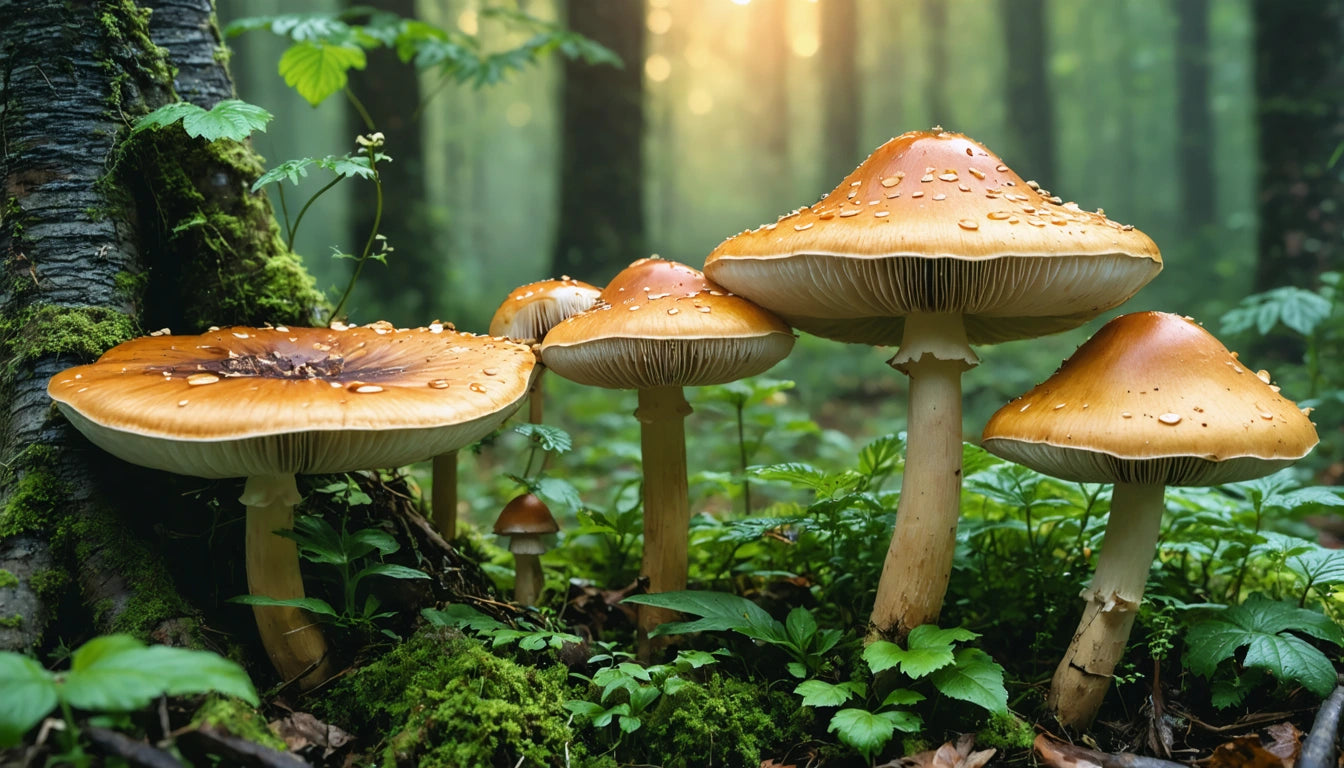Table of Contents
- What is Purple Weed? Understanding the Purple Phenomenon
- The Science Behind Purple Cannabis Coloration
- Popular Purple Weed Strains and Their Characteristics
- Identifying Cannabis Plants with Purple Flowers
- What Do Purple Stems Mean in Cannabis Plants?
- Cultivation Tips for Growing Vibrant Purple Cannabis
- Preserving the Purple: Storage and Curing Methods
Understanding Purple Weed: Strains, Flowers, and Meanings
Purple weed has captivated cannabis enthusiasts for decades with its striking appearance and unique properties. From deep violet buds to lavender-tinged leaves, these colorful cannabis varieties stand out in a sea of green. But what exactly is purple weed, what causes this distinctive coloration, and does it affect the experience? This comprehensive guide explores everything you need to know about purple cannabis strains, their characteristics, and what makes them special.
What is Purple Weed? Understanding the Purple Phenomenon
Purple weed refers to cannabis varieties that develop purple, violet, or blue hues in their flowers, leaves, or stems. This coloration can range from subtle purple highlights to deep, almost black-purple buds. According to research on purple cannabis strains, these varieties aren't just visually distinctive but often carry unique terpene profiles that contribute to their effects and aromas.
The term "purple top weed" typically refers to strains where the uppermost buds and leaves display the most intense purple coloration. This phenomenon occurs because these parts receive the most light exposure, triggering stronger anthocyanin production in genetically predisposed plants.
The Science Behind Purple Cannabis Coloration
The purple coloration in cannabis comes primarily from compounds called anthocyanins, the same water-soluble pigments responsible for purple and blue colors in many fruits and vegetables like blueberries and eggplants. As explained in this detailed analysis, several factors influence purple development:
- Genetics: Some strains have a genetic predisposition to produce anthocyanins
- Temperature: Cooler temperatures, especially during flowering, can trigger anthocyanin production
- pH levels: The growing medium's pH can influence color expression
- Light exposure: Certain light spectrums can enhance purple development
- Nutrient levels: Phosphorus deficiencies can sometimes induce purpling
It's important to note that while temperature manipulation can enhance purple coloration in genetically predisposed strains, it cannot make a non-purple strain turn purple.
Popular Purple Weed Strains and Their Characteristics
Granddaddy Purple
Perhaps the most famous purple strain, Granddaddy Purple (GDP) is an indica-dominant variety known for its deep purple buds and grape-like aroma. It typically produces relaxing, full-body effects that make it popular for evening use.
Purple Punch
A cross between Granddaddy Purple and Larry OG, Purple Punch features bright purple highlights and a sweet, dessert-like flavor profile. Its effects tend to be euphoric yet relaxing.
Purple Haze
Made famous by Jimi Hendrix, Purple Haze is a sativa-dominant strain with lighter purple hues. It typically delivers energetic, creative effects with berry and spice notes.
Purple Urkle
An indica strain with deep purple coloration, Purple Urkle offers potent relaxation effects and a grape-like aroma with earthy undertones.
Identifying Cannabis Plants with Purple Flowers
Wondering what weed has purple flowers? This identification guide helps distinguish true purple cannabis from look-alikes. Authentic purple cannabis typically displays:
- Purple coloration primarily in the calyxes and sugar leaves
- The characteristic structure of cannabis flowers, with pistils and trichomes
- The distinctive cannabis aroma, enhanced by unique terpenes
It's worth noting that some plants that resemble cannabis, like certain varieties of Japanese maple or cleome, can also display purple coloration but lack the distinctive structure and properties of cannabis.
What Do Purple Stems Mean in Cannabis Plants?
Purple stems in cannabis plants can indicate several different conditions. According to cannabis anatomy research, purple stems may signal:
- Genetics: Some strains naturally develop purple stems
- Temperature: Cold stress can cause purpling in stems
- Phosphorus deficiency: Often indicated by purple stems with other symptoms
- Light stress: Intense light can trigger stem purpling
- Natural maturation: Some plants develop purple stems as they age
While purple flowers are generally desirable, purple stems sometimes (but not always) indicate stress or nutrient issues that may need addressing.
Cultivation Tips for Growing Vibrant Purple Cannabis
For those looking to maximize the purple potential of their cannabis plants:
- Choose genetics with strong purple tendencies (Purple Kush, Purple Punch, etc.)
- Introduce slightly cooler temperatures during the flowering stage (by about 10 °F/5 °C)
- Ensure proper pH levels (typically 6.0-6.5 for soil)
- Consider using LED lights with UV-B spectrum to enhance coloration
- Maintain proper phosphorus levels throughout the growing cycle
For optimal humidity control during curing, which helps preserve those vibrant purple colors, many growers rely on specialized humidity control packs that maintain the perfect moisture level, preventing both overdrying and mold issues that can diminish the visual appeal of purple strains.
Preserving the Purple: Storage and Curing Methods for Colorful Cannabis
The stunning visual appeal of purple cannabis can fade with improper storage or curing. To maintain those vibrant hues:
- Cure slowly in controlled environments (60-65% humidity initially, gradually reducing)
- Store in UV-protected glass containers to prevent light degradation
- Maintain temperatures between 60-70 °F (15-21 °C) for storage
- Avoid excessive handling which can damage trichomes and affect appearance
- Consider vacuum sealing for long-term storage of larger quantities
When properly stored, the distinctive purple coloration can remain vibrant for many months, preserving both the visual appeal and the unique characteristics that make purple strains so sought-after in the cannabis community.
Understanding what purple weed means goes beyond appreciating its striking appearance. The purple hues represent a fascinating intersection of genetics, environment, and cultivation techniques that produce some of the most visually distinctive and culturally significant cannabis varieties available today.











Leave a comment
All comments are moderated before being published.
This site is protected by hCaptcha and the hCaptcha Privacy Policy and Terms of Service apply.